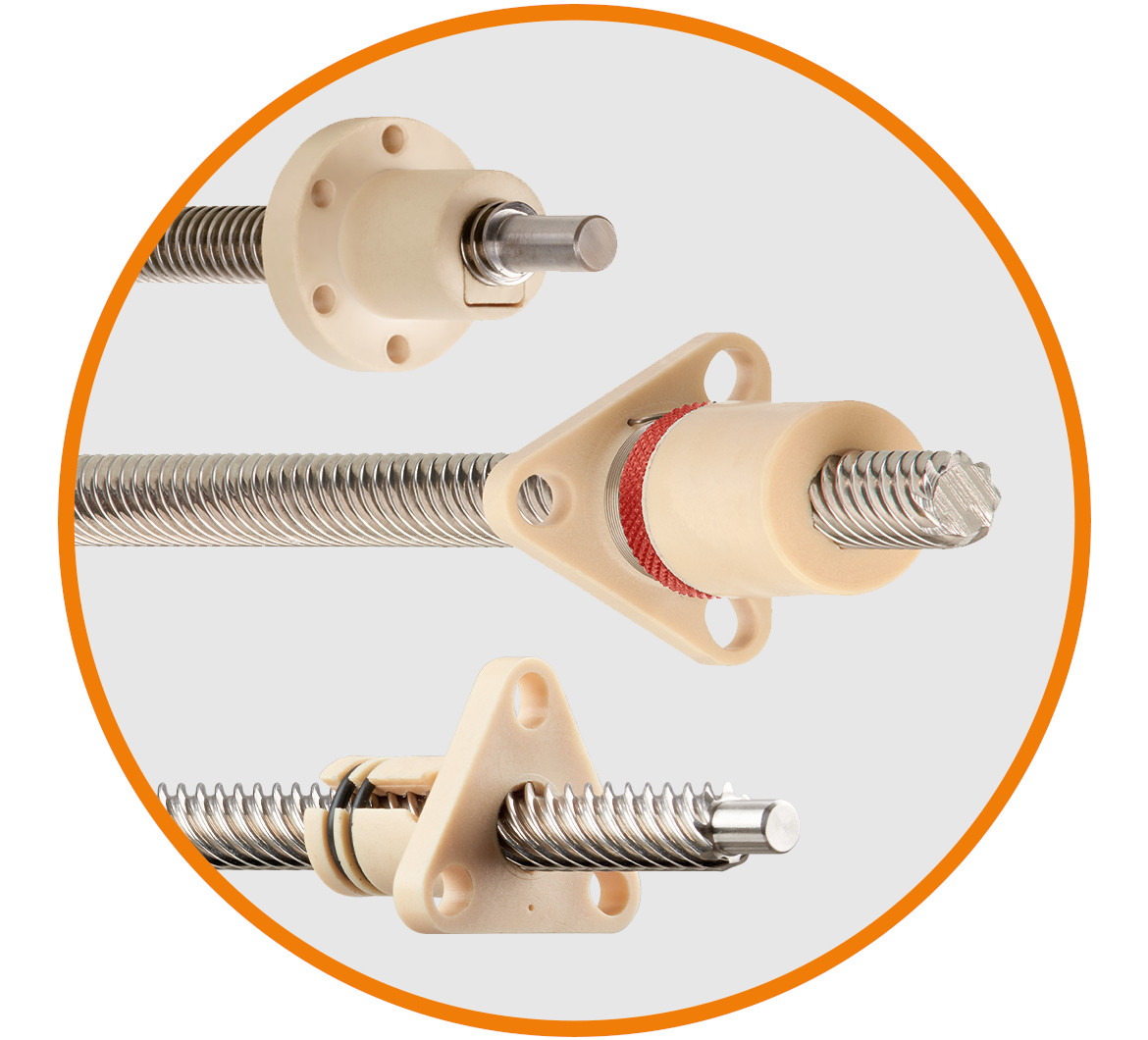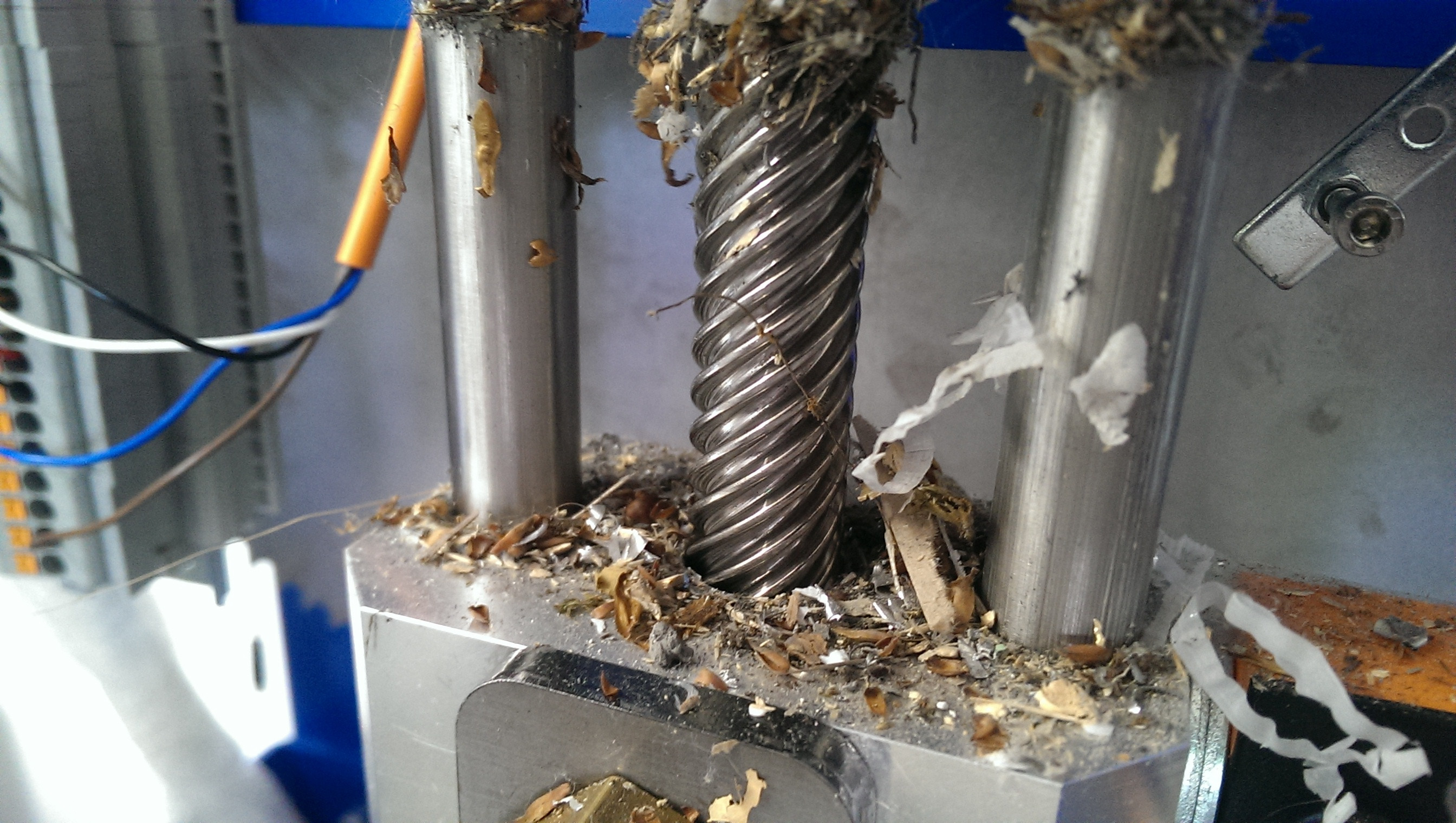4 Considerations When Choosing a Lead Screw
When engineers come to me looking to utilize a lead screw to actuate their application, I get them thinking about four main data points that can help determine the majority of questions I need to ask to help them utilize lead screws and polymer nuts properly. Those data points are payload, speed, duty cycle and stroke.
In this blog post, I'll dive deeper into each of those data points and discuss additional factors that you should consider when choosing the right lead screw for your application.
Payload & Speed
The first step is determining the quantified axial payload. This figure helps determine how much force is required to drive the application.
Second, you want to take the application's speed into account. I usually ask an engineer a certain set of questions to help determine what the goal is for the application. It could be as simple as how many seconds do you want to complete this stroke in? Or, how quickly does it need to get from point A to point B?

The RPM (feed rate / lead of desired screw) is important but is typically determined after you have figured out the application’s linear feed rate, also known as the linear distance traveled per minute. Once you have that figure, you can determine the RPM of the application by taking a look at your desired lead screw and noting the distance traveled per revolution.
Duty Cycle & Stroke
When working with a polymer lead screw nut, one of the more important factors that's going to determine the lifetime of the part is the application’s duty cycle. How often is it going to be running per minute, per hour, per day?
This is extremely important for a polymer part because if the application has a higher load and a higher speed, the wear is going to be higher for the part. So, to properly spec a lead screw size, you need to take duty cycles into account to make sure that the PV values are in check.
Also, make sure you ask yourself how long is the application stroke and how long does the overall screw need to be?
Additional Considerations
Payload, speed, duty cycle and stroke are four extremely important data points; but that's not all that should be considered.
 You should be asking yourself whether or not you need a lead screw that's going to be self-locking or if you want a part that is able to back drive. You should be thinking about the types of linear guides that you're using for an application. Are you going to be using a sliding guide? Or, are you going to be using a rolling guide, like a reciprocating ball bearing? Those types of questions are going to help determine whether or not you can use a smaller or a larger lead screw in your application.
You should be asking yourself whether or not you need a lead screw that's going to be self-locking or if you want a part that is able to back drive. You should be thinking about the types of linear guides that you're using for an application. Are you going to be using a sliding guide? Or, are you going to be using a rolling guide, like a reciprocating ball bearing? Those types of questions are going to help determine whether or not you can use a smaller or a larger lead screw in your application.
 You also want to take into account how you're going to drive this application. Are you going to be using a DC motor or a stepper motor? Are you going to be hand cranking this application? These are some of the secondary factors that you want to consider when you're trying to narrow down what lead screw you use in your application.
You also want to take into account how you're going to drive this application. Are you going to be using a DC motor or a stepper motor? Are you going to be hand cranking this application? These are some of the secondary factors that you want to consider when you're trying to narrow down what lead screw you use in your application.
Finally, choosing the proper thread direction for your screw is essential to a successful application. Rotary applications may require a left-handed screw to avoid loosening over time, while some applications may require a double-ended (reverse) lead screw to achieve simultaneous motion.
If you'd like advice on how to determine the best lead screw for your application, contact me here. You can also try out our lead screw product finder and lead screw configurator to calculate service life, build lead screws in 20 minutes or less, and more.



